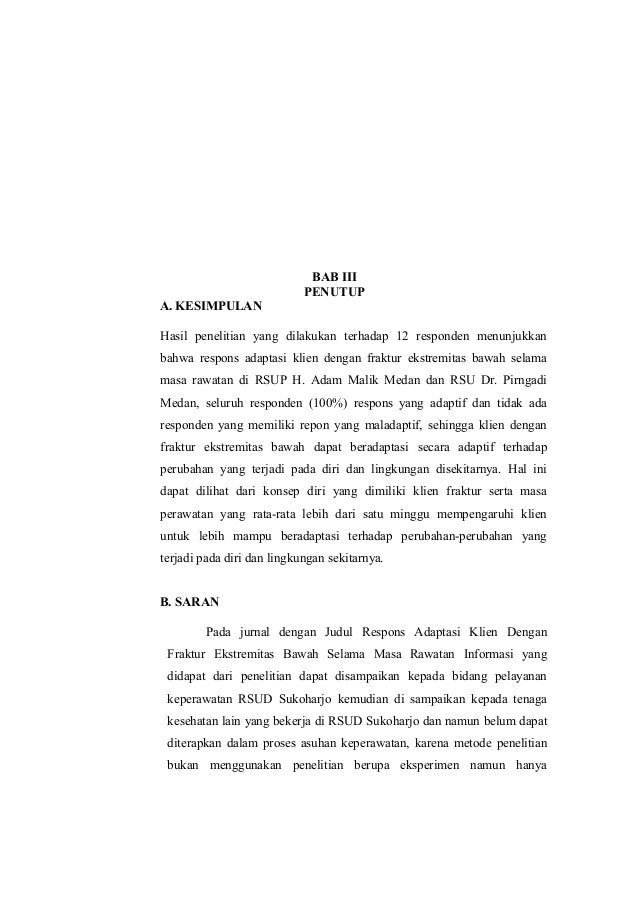Breaking News
Jurnal Asam Sitrat Pdf Converter
воскресенье 20 января admin 70
Jurnal Asam Sitrat Pdf To Word. This produced citric acid in near quantitative conversion under what appeared to be a reverse non-enzymatic Krebs. Jan 10, 2013 Artikel Jurnal Efektivitas Penggunaan Asam Sitrat Dalam Pembuatan Gelatin.pdf ini ditulis oleh fauzan muhammad pada hari Thursday, January 10, 2013. Terimakasih atas kunjungan Anda pada blog ini. Terimakasih atas kunjungan Anda pada blog ini.
Except where otherwise noted, data are given for materials in their (at 25 °C [77 °F], 100 kPa). N ( Y N?) Citric acid is a that has the chemical formula C 6H 8O 7. It occurs naturally in. In, it is an intermediate in the, which occurs in the of all. More than a million tons of citric acid every year. It is used widely as an, as a. A citrate is a derivative of citric acid; that is, the,, and the found in solution.
An example of the former, a salt is; an ester is. When part of a salt, the formula of the citrate ion is written as C 6H 5O 3− 7 or C 3H 5O(COO) 3− 3. Cartones de bingo de 80 bolas para imprimir pdf de los dos. Lemons, oranges, limes, and other citrus fruits possess high concentrations of citric acid Citric acid exists in greater than trace amounts in a variety of fruits and vegetables, most notably.
And have particularly high concentrations of the acid; it can constitute as much as 8% of the dry weight of these fruits (about 47 in the juices ). The concentrations of citric acid in citrus fruits range from 0.005 for oranges and grapefruits to 0.30 mol/L in lemons and limes.
Within species, these values vary depending on the and the circumstances in which the fruit was grown. Industrial-scale citric acid production first began in 1890 based on the Italian industry, where the juice was treated with hydrated lime () to precipitate, which was isolated and converted back to the acid using diluted. In 1893, discovered could produce citric acid from sugar. However, microbial production of citric acid did not become industrially important until World War I disrupted Italian citrus exports. In 1917, American food chemist discovered certain strains of the mold could be efficient citric acid producers, and the pharmaceutical company began industrial-level production using this technique two years later, followed by in 1929. In this production technique, which is still the major industrial route to citric acid used today, cultures of A. Niger are fed on a or -containing medium to produce citric acid.
The source of sugar is, molasses, hydrolyzed or other inexpensive sugary solutions. After the mold is filtered out of the resulting solution, citric acid is isolated by it with calcium hydroxide to yield calcium citrate salt, from which citric acid is regenerated by treatment with sulfuric acid, as in the direct extraction from citrus fruit juice.
In 1977, a patent was granted to Lever Brothers for the chemical synthesis of citric acid starting either from aconitic or isocitrate/alloisocitrate calcium salts under high pressure conditions. This produced citric acid in near quantitative conversion under what appeared to be a reverse non-enzymatic. In 2007, worldwide annual production stood at approximately 1,600,000 tons. More than 50% of this volume was produced in China. More than 50% was used as in beverages, some 20% in other food applications, 20% for detergent applications and 10% for related applications other than food, such as cosmetics, pharmaceutics and in the chemical industry.
Chemical characteristics [ ]. Speciation diagram for a 10-millimolar solution of citric acid Citric acid was first isolated in 1784 by the chemist, who crystallized it from lemon juice. It can exist either in an (water-free) form or as a. The anhydrous form crystallizes from hot water, while the monohydrate forms when citric acid is crystallized from cold water. The monohydrate can be converted to the anhydrous form at about 78 °C.

Citric acid also dissolves in absolute (anhydrous) (76 parts of citric acid per 100 parts of ethanol) at 15 °C. It with loss of carbon dioxide above about 175 °C. Citric acid is normally considered to be a tribasic acid, with values, extrapolated to zero ionic strength, of 5.21, 4.28 and 2.92 at 25 °C. The pKa of the hydroxyl group has been found, by means of 13C NMR spectroscopy, to be 14.4. The speciation diagram shows that solutions of citric acid are between about pH 2 and pH 8. In biological systems around pH 7, the two species present are the citrate ion and mono-hydrogen citrate ion. The is an example in common use.